US Approves New Kind of Nuclear Reactor for First Time in 50 Years
(Bloomberg) -- For the first time in more than 50 years the US granted permission for a new type of nuclear reactor, a sign regulators are becoming more open to different approaches to producing power from splitting the atom.
California startup Kairos Power LLC received a construction permit from the Nuclear Regulatory Commission to build its Hermes demonstration reactor in Tennessee. While commercial reactors in use today are cooled by water, the Kairos technology uses molten fluoride salt as a coolant.
There’s growing global interest in accelerating deployment of nuclear power as a key part of the fight to rein in climate change, but that effort has been hampered by a regulatory process that has been slow to approve new designs.
“It’s possible to license things that are different with the NRC,” Mike Laufer, Kairos’s chief executive officer, said in an interview Wednesday. The regulatory process “doesn’t have to be a roadblock.”
Kairos is among many companies seeking to commercialize designs that can be built in factories and installed on site, an approach that’s expected to be faster and cheaper than the large conventional reactors widely used today.
Kairos plans to begin construction next year on its $100 million project and expects the system to be complete by the end of 2026. The goal is to demonstrate the viability of its design and the molten salt technology. Molten salts remain liquid at high temperatures and low pressure, a potential safety advantage over water-cooled systems. Laufer said the last time a design that wasn’t water-cooled was approved in the US was in 1968.
Hermes won’t generate electricity but is expected to pave the way for the Hermes 2 project, which would use two of the same reactors to produce a combined total of about 28 megawatts of electricity. The NRC is reviewing the company’s application for a construction permit for this project.
The company’s long-term goal is a commercial project that would use two larger reactors and would have more than 100 megawatts of capacity, though Laufer said it’s too soon to say when Kairos may be able to pursue efforts beyond the initial Hermes plant. Big conventional reactors in use today typically have about 1,000 megawatts of capacity.
“We’re developing a technology that will be highly scalable,” Laufer said. “Affordability is really about being able to scale up.”
(Updates with permit application in seventh paragraph. An earlier version was corrected to remove reference to approving agency in sixth paragraph.)
©2023 Bloomberg L.P.
KEEPING THE ENERGY INDUSTRY CONNECTED
Subscribe to our newsletter and get the best of Energy Connects directly to your inbox each week.
By subscribing, you agree to the processing of your personal data by dmg events as described in the Privacy Policy.
More renewables news

Longi Delays Solar Module Plant in China as Sector Struggles
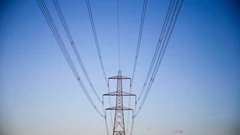
SSE Plans £22 Billion Investment to Bolster Scotland’s Grid
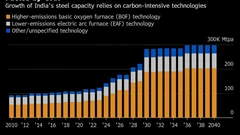
A Booming and Coal-Heavy Steel Sector Risks India’s Green Goals

bp and JERA join forces to create global offshore wind joint venture
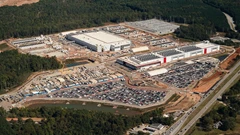
Blackstone’s Data-Center Ambitions School a City on AI Power Strains
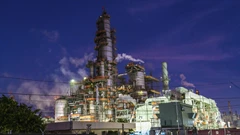
Chevron Is Cutting Low-Carbon Spending by 25% Amid Belt Tightening
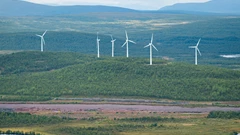
Free Green Power in Sweden Is Crippling Its Wind Industry

California Popularized Solar, But It's Behind Other States on Panels for Renters

A $50 Billion London Investor Takes a Contrarian View on Trump
















